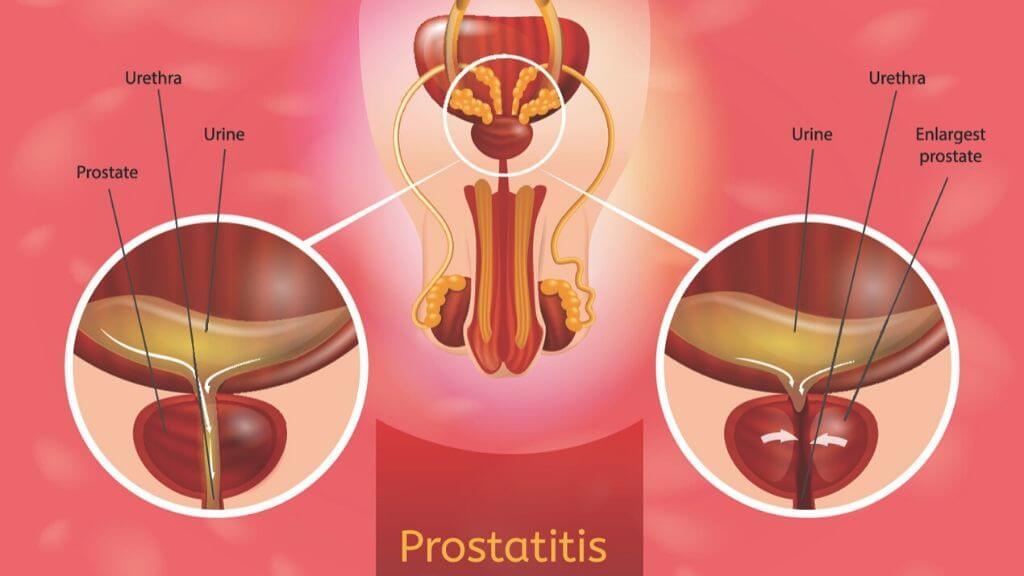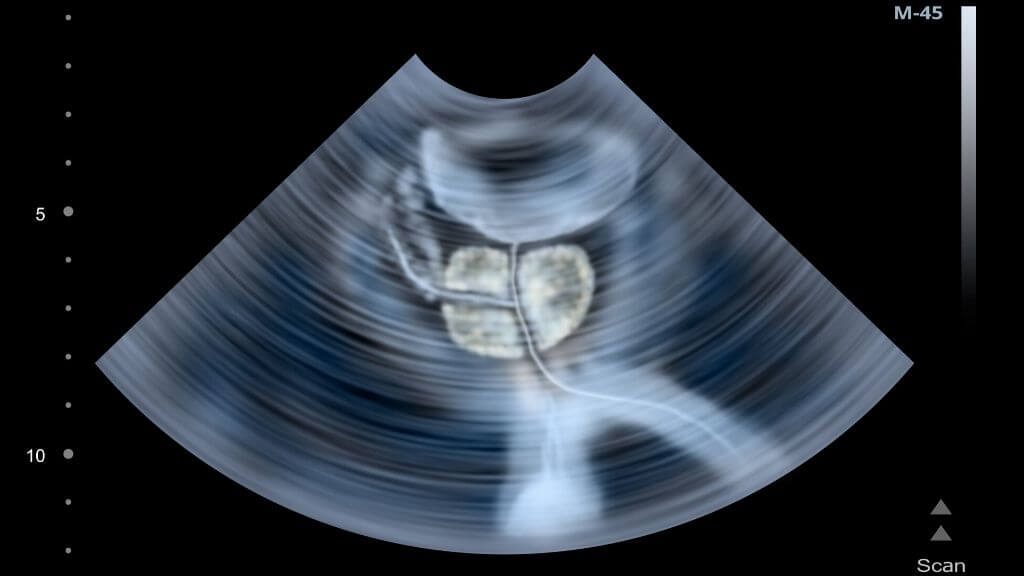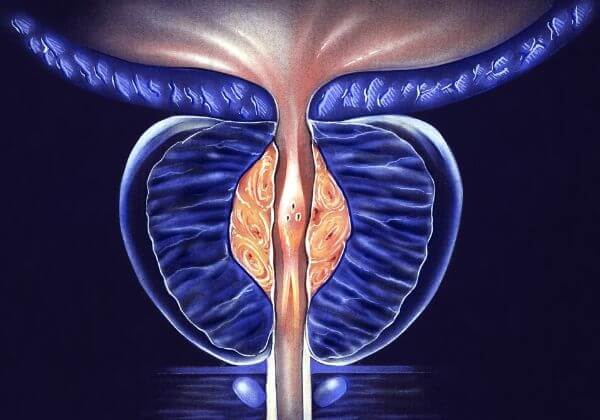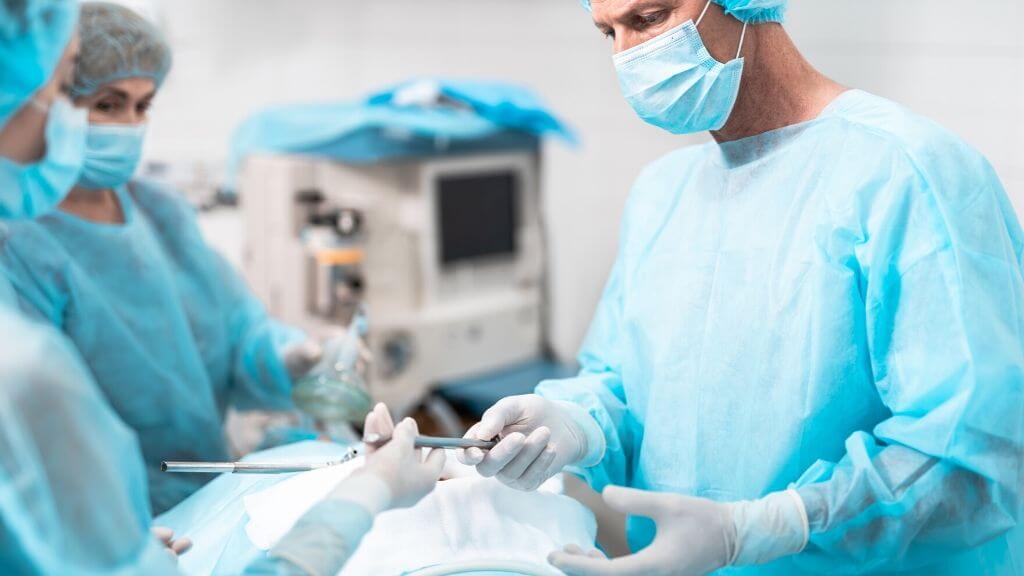The prostate is an important gland that sits under the bladder in men. This small gland is responsible for producing fluid that makes up 50 to 75 percent of semen.
Prostatitis is the inflammation of this gland, and without prompt treatment, the inflammation can spread to the area surrounding the prostate. A severely inflamed prostate gland significantly increases your risk of serious health conditions, such as enlarged prostate and prostate cancer.
Prostatitis Causes
In men over the age of 35, the E. coli bacteria are the most common cause of prostatitis. Sexually transmitted infections, such as gonorrhea and chlamydia, are also known to increase the risk of prostatitis.
Additional causes for prostatitis can include:
♦ Trauma or injury
♦ Nervous system disorder
♦ Immune system disorder
There are certain men who are more at risk of developing prostatitis than others.
♦ Men over the age of 50
♦ Men who have had an enlarged prostate
♦ Having a urinary catheter
♦ Have a bladder infection
♦ Having unprotected sex
♦ Pelvic trauma
Prostatitis Symptoms
Prostatitis can be either acute or chronic, and the symptoms vary according to which type you have. If you have acute prostatitis you will likely experience symptoms that include:
♦ Pain when urinating
♦ Difficulty urinating
♦ Lower back pain
♦ Lower abdominal pain
♦ Fever
♦ Painful ejaculation
♦ Foul-smelling urine
If you have chronic (long-term) prostatitis, then you will have similar symptoms, but they will be less severe.

What Are the Variations of Prostatitis?
There are three variations of prostatitis. They are:
♦ Acute prostatitis: which is usually caused by bacteria and appears suddenly with severe symptoms;
♦ Chronic prostatitis: This is the most common type, and the cause if often undiagnosed. A bacterial infection can also cause chronic prostatitis, but it develops at a slower rate than the acute type and presents more mild symptoms.
♦ Asymptomatic prostatitis: This is inflammation of the prostate gland without any noticeable symptoms.
Prostatitis Diagnosis
It is important to seek diagnosis right away if you suspect you have prostatitis, so your doctor can rule out potential serious causes. Cystitis and an enlarged prostate present with similar symptoms, and treatment will only be effective if the condition is correctly diagnosed.
Your doctor will conduct a physical exam, including a prostate exam, and in some cases, a cystoscopy will be done. These examinations allow the doctor to analyze the condition of both your bladder and your prostate.
Blood and urine will also be analyzed to look for infections. If you have a risk for prostate cancer, the doctor will order special blood work to look for a specific antigen known as PSA.
You may also need an ultrasound to look closely at the prostate gland to check for tumors or other abnormalities. An ultrasound will also indicate if the prostate gland had become enlarged. These tests will also identify any other inflamed areas nearby.
Treatment for Prostatitis
If a bacterial infection is the cause of your prostatitis, then you will be prescribed a course of antibiotics to clear the infection. The type of antibiotic and duration of treatment will depend on the strain causing the infection.
You may also be given alpha-blockers to reduce muscle spasms to help control urine flow or pain relievers to help with the inflammation. In some cases, heat therapy can be tried to reduce pain and discomfort.

Prostatitis Diet
There is no diet that can treat or cure prostatitis, but what you eat impacts overall health and urinary tract health. Certain foods have been found to promote prostate health and should be added to the diet to prevent and reduce inflammation.
♦ Salmon is full of healthy omega-3 fatty acids, which reduce inflammation
♦ Berries are full of antioxidants, which remove cancer-causing free radicals from the body. Cranberries, in particular, provide support for a healthy bladder by removing bacteria known to cause UTIs.
♦ Broccoli and other cruciferous vegetables contain sulforaphane, which is a compound known to target cancer cells.
♦ Citrus fruits are full of vitamin C, which is known to protect prostate health.
There are also certain foods you want to avoid to protect the health of your prostate.
♦ Dairy has been linked to an increased risk of inflammation in the prostate and enlarged prostate.
♦ Alcohol stimulates urine production, which can aggravate symptoms.
♦ Caffeine is also a diuretic and increases the need to urinate, so reducing intake can improve symptoms of prostatitis
Natural Treatments for Prostatitis
Medications are the most commonly prescribed treatment plan for prostatitis, but there are additional natural therapies you can try in combination with your medical plan.
♦ Staying hydrated to flush out infections from the system
♦ Drink cranberry juice to cleanse bacteria from within the urinary tract.
♦ Learn stress management techniques, such as yoga, meditation, and deep breathing.
♦ Practice Kegel exercises regularly.
♦ Try anti-inflammatory supplements such as turmeric, garlic, and echinacea.
Prostatitis Statistics
♦ Prostatitis is the most common urinary tract problem for men under the age of 50.
♦ Prostatitis is the third most common UI problem in men over 50 years of age.
♦ Prostatitis accounts for close to 2 million health care visits each year.
♦ Approximately $84 million is spent annually to diagnose and treat prostatitis.
Prostatitis and Surgery
Only in rare cases is surgery done to treat prostatitis. For the surgery to be considered and to be effective, there needs to be a specific issue affecting the prostate, such as scar tissue in the urethra or along the urinary tract.
The procedure will involve removing or softening the scar tissue, which will return prostate function to normal. If severe damage has already been done, then the procedure will involve partial removal of the gland.
What Is the Long-Term Outlook?
The outlook for bacterial prostatitis is generally positive, as many men respond well to antibiotic treatment plans. Chronic prostatitis is more difficult to treat and does not have a cure.
The symptoms can be managed, and inflammation can be reduced with medications as well as lifestyle modifications. You can prevent prostatitis by practicing safe sex to avoid getting STIs, which are the main cause of this condition.







